"Making Her Own Way": The Individualization of First-Wave Feminism, 1910-1930
Scholars of the women's movement often postulate that it dissipated after winning suffrage in 1920, but empirical studies about the movement's post-victory transformation remain scarce. We use the first wave of the women's movement to explore the conditions under which movement frames change during periods of decline. Drawing on political opportunity theory, we hypothesize that waning political and cultural opportunities for collective action should lead to a rise in individualist frames. To that end, we examine how a prominent movement organization's use of collectivist versus individualist frames changed over time. We conducted a systematic analysis of 1,735 articles from the feminist publication The Woman's Journal, spanning the pre- and post-suffrage period (1910-1930). Our analyses generally support the political opportunity framework, suggesting that trends towards individualization emerge during periods of diminishing political and cultural opportunities, which in turn challenge movements' ability to galvanize constituents for collective goals.

